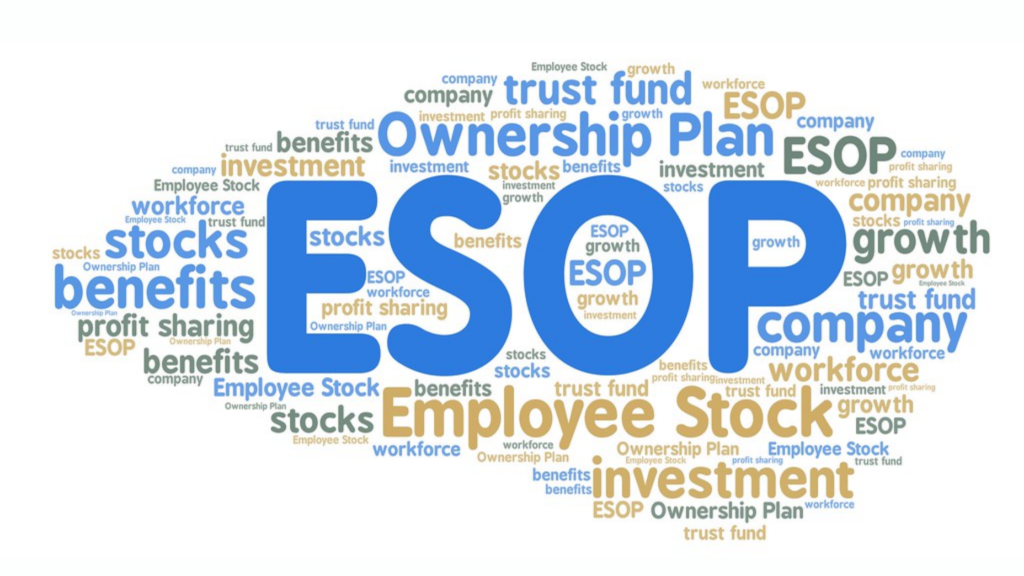
ESOP: A win-win situation
Employee Stock Option Plan (ESOP) is an option to purchase stock/equity of the employer company at a predetermined price (mostly below its prevalent market value at time of grant) given to the employee by the employer company. The employee who agrees to ESOP scheme can exercise the actual purchase of Employer Company’s stock/equity on fulfillment of certain conditions like completion of tenure of service defined in number of years or a revenue target of the company. On fulfillment of the conditions (vesting) placed by the employer company, the ESOP is said to be vested with the employees.
The difference between the grant price to employees and market price of the shares is referred to as ‘the discount’ from the employer company perspective. It is interesting to mention here the recent judgment pronounced by the Hon’ble High Court of Karnataka with respect to tax allowability of the discount on ESOP as recorded in the books of accounts of the company. On 11-11-20, the hon’ble High Court of Karnataka has held that the deduction of discount on ESOP as per books of accounts is an admissible tax allowance in computation of business income of the employer company. The legal principle emphasized by the High Court is that the discount on issue of ESOPs is not a contingent liability but an ascertained liability. The decision was pronounced in the case of Commissioner of Income Tax, LTU v. Biocon Ltd. The High Court held that the difference between the grant price to employees and market price of the shares (‘the discount’), as on the date of the grant, is an expenditure incurred for getting better or prolonged services of the employees for the purpose of business. Hence, it is an allowable business expenditure under section 37(1) of the Income Tax Act, 1961. The High Court clearly spelt out that the discount offered by the company was not short receipt of capital but expenditure for securing consistent services of the employees in order to earn/enhance its business profits. The High Court reiterated that it is a settled law that if a business liability has arisen in the accounting year, the same is permissible as deduction, even though, liability may have to be quantified and discharged at a future date. That is, on exercise of option by an employee, determination of the actual amount of benefit is only quantification of liability, which takes place at a future date. The High Court stated that where an ESOP vests over a period of a number of years (say, four years), then, it implies that employee has a definite right to proportionate (say, 25%) of the shares at the end of first year and accordingly, the employer (taxpayer) is bound to allow vesting of 25% of the options and same becomes permissible business expenditure to that extent in that year.
At the time of exercise of the option by the employee, the difference between the fair market value at that time and the exercise price is taxable as ‘Perquisite’ in the hands of the employees and the employer is required to deduct tax at source, although no cash flows are received by the employees on account of exercising ESOP. Further, when the shares are disposed off by the employees, they will attract Capital Gains Tax. Same can be either long-term or short-term, depending on the holding period by the employees.
From an accounting perspective, ICAI has issued a Guidance Note for accounting for share based payments in September 2020 for enterprises that are not required to follow Indian Accounting Standards. It provides that in case of employee share-based payment plan administered through a Trust, the standalone financial statements of the enterprise should portray the picture as if the enterprise itself is administering the ESOP Scheme. This has two results viz., (i) the enterprise should recognize any expense arising from the employee share-based payment plans, and (ii) the operations of ESOP trust are included in standalone financial statements of the enterprise insofar as the ESOP is concerned. In such a situation, in the standalone financial statements of the enterprise, ‘Loans to ESOP Trust’ will not appear at all after making necessary adjustment entries. This would be in alignment with the tax treatment of the expenses allowable u/s 37 as per the Karnataka High Court judgment as mentioned above.
Overall, it is concluded that ESOP is mutually beneficial to the employer and the employees. On one hand, the employer can retain talented workforce, save cash flows, increase productivity and achieve enhanced profitability. This enhanced profitability further results in increase in market value and intrinsic value of the employer company’s shares. On the other hand, the employee is motivated to put in best efforts as the employee benefits if the company benefits, leading to a win-win situation.
